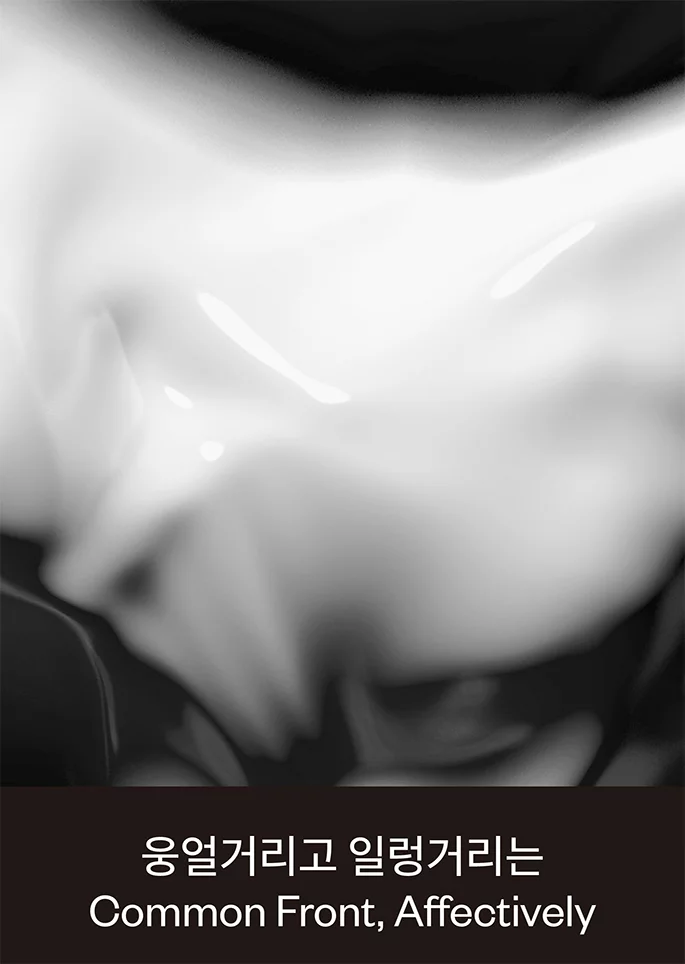The exhibition Common Front, Affectively is to discuss the ways human emotions and senses are spread and diffused, through the works of thirteen comtemporary artists (teams). Unlike the analog age, the relations and communication between the self and others are changing tremendously in a post-digital where there is no division between the real and the virtual. The history of human communication has developed by the force of three desires, to give more information, to more people, more quickly. Mankind in early days made use of human bodies and animals like horses and pigeons as a means of communication, and the Industrial Revolution satisfied the desires with the help of such machines like trains, ships and airplanes. After the Second Industrial Revolution, humans reached a stage of real-time communication by the inventions of telegraphy by Samuel B. Morse and telephone by Alexander Graham Bell.
The post-digital age where online and offline are perfectly overlapped is causing another revolution of communication. With equal and ubiquitous connections we are exposed to more information, and in communication with more people, than ever. Under this condition, the human identity is increasingly taking up a hyper-multiple persona based on hyper-sociality. We are moving from a one-dimensional interchange to interfere with and influence each other, towards spreading emotion and sensibility and infecting each other with human unconsciously. You may not be aware whether you are infected yourself with the information current, moving from conscious to unconscious communications.
Machines of the analog age where only the means to share more information with more people more quickly between producers and consumers of information, while those of the post-internet age are not the mere means of communication, but an environment itself existing between humans, between information producers and consumers, intervening in and interfering with them. This makes human beings part of a networked community of the colossal nerve system, a kind of colonial animal.
The human responsive systems has been transformed in the post-digital age, from the single-sided one to the multifaceted, and what disappeared is the border between the listener and the speaker and the dichotomy between truth and fiction that humans were able to judge. A series of operations to perceive and respond to a single piece of information and image become multilayered, complementary, fragmentary and non-linear in the interaction with others.
As suggested in the title, this exhibition explored the issues of emotions and senses with regard to not only social and technological aspects but also the human mind psychologically. The contemporary life we are living is confusing where we only have to mutter and bob up and down in isolation and loneliness, and expansion and affluence. The ambiguity that emerges out of the blurred boundaries between speakers and listeners, caused by technological environments intervening in human relations, also takes the form of expanded generosity on the other hand. This exhibition poses a question about diverse psychological circumstances in between lost and heightened subjectivities, along with new human senses and emotions of the post-digital age.





